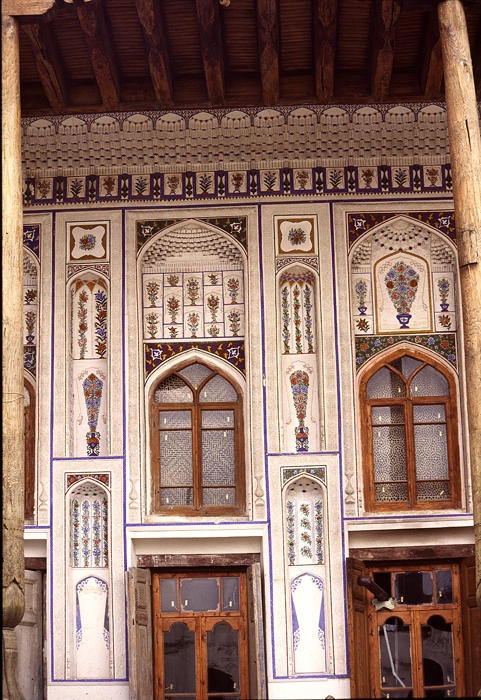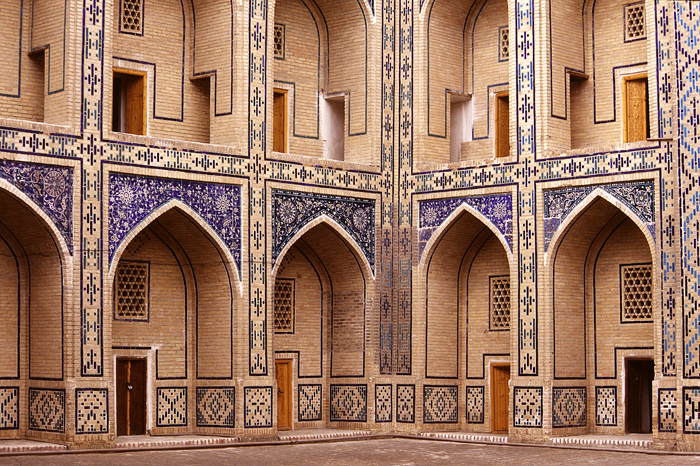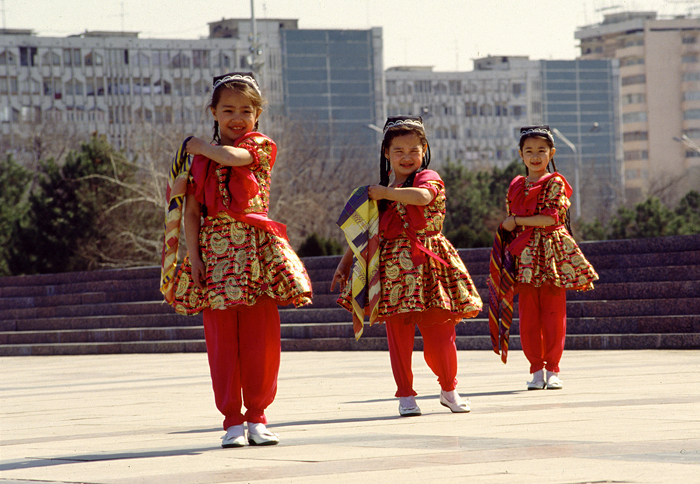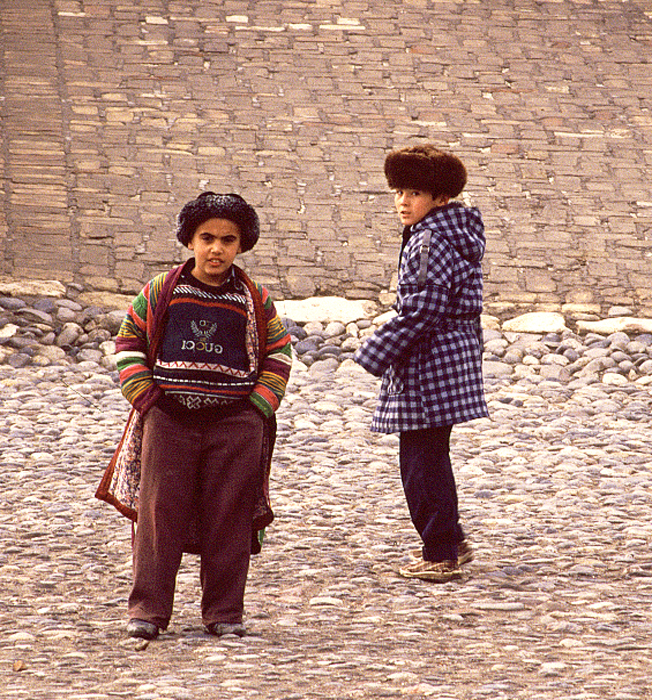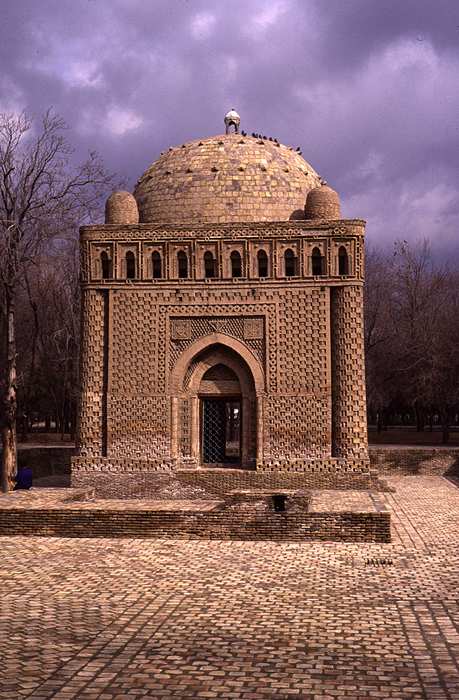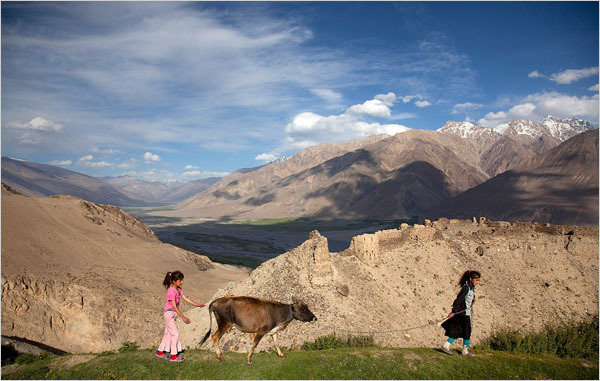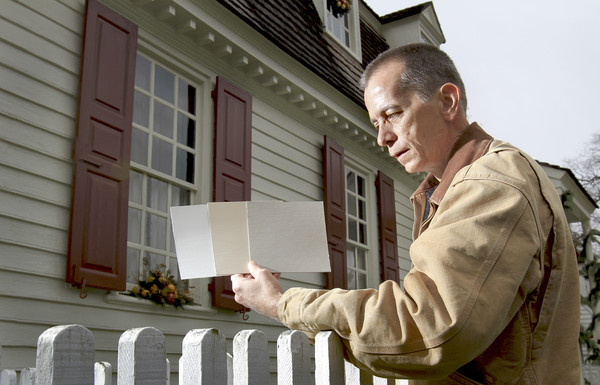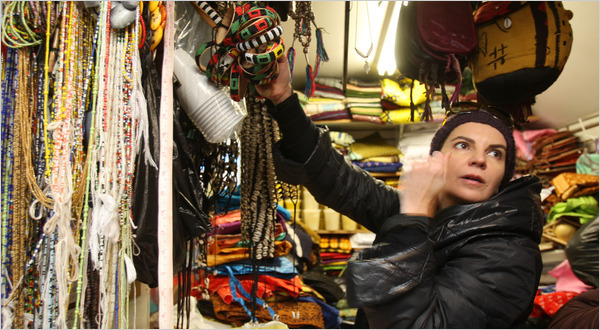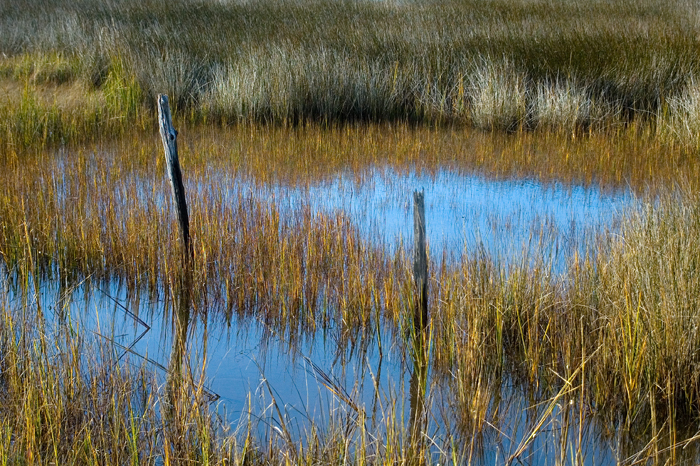These days I am primarily a painter, but my true passion is scenery and
lighting design for the stage. Theatre design books usually have a chapter
on basic color theory and how colored light contributes to location, time of
day, atmosphere and mood in a production. There is rarely any discussion of
the deliberate use of color in scenery. As a set designer I have had to
resort to what I’ve learned about color generally and apply that
understanding to the performing arts.
So, I was thrilled when trawling Amazon.com for books on color and up popped
this title: “If it’s Purple, Someone’s Gonna Die”! Whoa! With a title like
that and the subtitle: “The Power of Color in Visual Storytelling,” I had to
investigate!
“If it’s Purple, Someone’s Gonna Die” by Patti Bellantoni is a unique look
at the use of color in cinematography. Ms. Bellantoni teaches Color and
Visual Storytelling as a faculty member of the Conservatory of American Film
Institute in Los Angeles. She has also taught or consulted in the field of
film design and production for several other institutions. Over the years
she has taken her students through various color response experiments,
testing their emotional reactions to colored environments and their own
associations of colors with sounds, smells and ideas. These experiments
have consistently resulted in the same universal conclusions about emotional
and psychological cues as those of the International Association of Color
Consultants (
www.iaccna.org).
In her book, Ms. Bellantoni lifts key scenes from dozens of well-known films
to show how color contributes to propelling the story through mood and
subconscious audience response. From the overt use of a yellow and black
taxi cab (bumble-bee, danger) to stalk prey in “Taxi”, to more subtle uses
of golden light in the two very different films “Much Ado About Nothing” and
“The Talented Mr. Ripley”, Ms. Bellantoni shows how yellow can be either
romantic or threatening depending on its application. She shows how green,
depending on its shade and context can convey poison (Snow White and the
Seven Dwarves), healthy vitality (The Witness), or corruption and
suffocation (The Virgin Suicides). She gives dozens of fascinating
examples.
Ms. Bellantoni includes interviews with production designers and
cinematographers about how they came to certain key color choices. Both she
and they acknowledge that not all the color in their films was deliberately
planned. Certainly some choices were made based on intuition and spur of
the moment opportunity. Ms. Bellantoni recognizes the interaction between
analysis and innate visceral response, giving us many examples of how color
can and has been used in film whether deliberately or not. She
acknowledges that most of our color response is built in.
She says,
“Interestingly enough you already possess the information you need in
choosing a color. It is simply stored in your own perceptual depository.
Only recently, a young designer, unknown to me, asked me what a particular
color meant. I asked her to close her eyes and remember a time when she
felt afraid and tell me what colors her feelings were. The colors she chose
were exactly the colors that my students have chosen over and over again in
our color experiments.”
As film directors and production designers increasingly understand the
impact of color on storytelling they are becoming more deliberate in their
choices and planning. The value of studying the emotional response to color,
whether for story telling or the built environment, is learning to recognize
universal responses and harnessing those for more intentional control over
that response.
The book lives up to its startling title. It is a fun as well as
informative read, whether you are involved in any kind of “story telling” or
just a movie fan. It makes me want to dig out these and other favorite films
and scan through them without audio to see if I can identify other moments
of significant color use in the story telling process. As a theatrical
designer I’m thrilled to have a book that finally discusses the application
of color in the performing arts.


